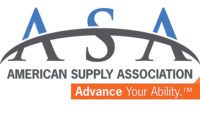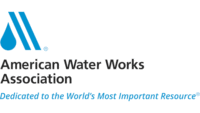The U.S. Environmental Protection Agency is conducting a
detailed study of unused pharmaceutical disposal methods by hospitals,
long-term care facilities, hospices and veterinary hospitals.
The U.S. Environmental Protection Agency is seeking
comment on an Information Collection Request that will be used in a detailed
study of unused pharmaceutical disposal methods by hospitals, long-term care
facilities, hospices and veterinary hospitals. The EPA is seeking more
information on the practices of the healthcare industry to inform future
potential regulatory actions, and identify best management and proper disposal
practices. This is one of several actions the agency is taking to strengthen
its understanding of disposal practices and potential risks from
pharmaceuticals in water.
“The agency’s work to increase industry
stewardship and scientific understanding of pharmaceuticals in water
continues,” saidBenjamin H. Grumbles, EPA’s
assistant administrator for water. “By reaching out to the National Academy of
Sciences and requesting information from the healthcare industry, EPA is taking
important steps to enhance its efforts.”
The agency is also commissioning the
National Academy of Sciences to provide scientific advice on the potential risk
to human health from low levels of pharmaceutical residues in drinking water.
The National Academy of Sciences will convene a workshop of scientific experts
Dec. 11-12, to advise the agency on methods for screening and prioritizing
pharmaceuticals to determine potential risk.
Other actions the agency is taking
include: expanding a recent fish tissue pilot study to sample nationally to
determine whether residues from pharmaceuticals and personal care products
(PPCPs) may be present in fish and waterways; developing a methodology to
establish water-quality criteria to protect aquatic life; and conducting studies
to examine the potential occurrence of PPCPs in sewage sludge and wastewater.
To facilitate these efforts, the agency has developed state-of-the-art
analytical methods capable of detecting various pharmaceuticals, steroids and
hormones at very low levels.
The EPA also is participating in an
international effort with the World Health Organization to study appropriate
risk assessment methods for pharmaceuticals as environmental contaminants. All
these actions reflect advice the agency sought from a broad range of
stakeholders including environmental and public health groups, drinking water
and wastewater utilities, state water and public health agencies, and the
agricultural community.
The EPA’s four-pronged approach
for PPCPs in water is aimed at strengthening scientific knowledge; improving
public understanding; building partnerships for stewardship; and taking
regulatory action when appropriate.
For further information on the EPA’s
research and response to PPCPs in the environment, go towww.epa.gov/waterscience/ppcp.
Get our new eMagazine delivered to your inbox every month.
Stay in the know on the latest on plumbing, bath & kitchen, industrial PVF, radiant & hydronics, and HVAC products.
SUBSCRIBE TODAY!Copyright ©2024. All Rights Reserved BNP Media.
Design, CMS, Hosting & Web Development :: ePublishing



